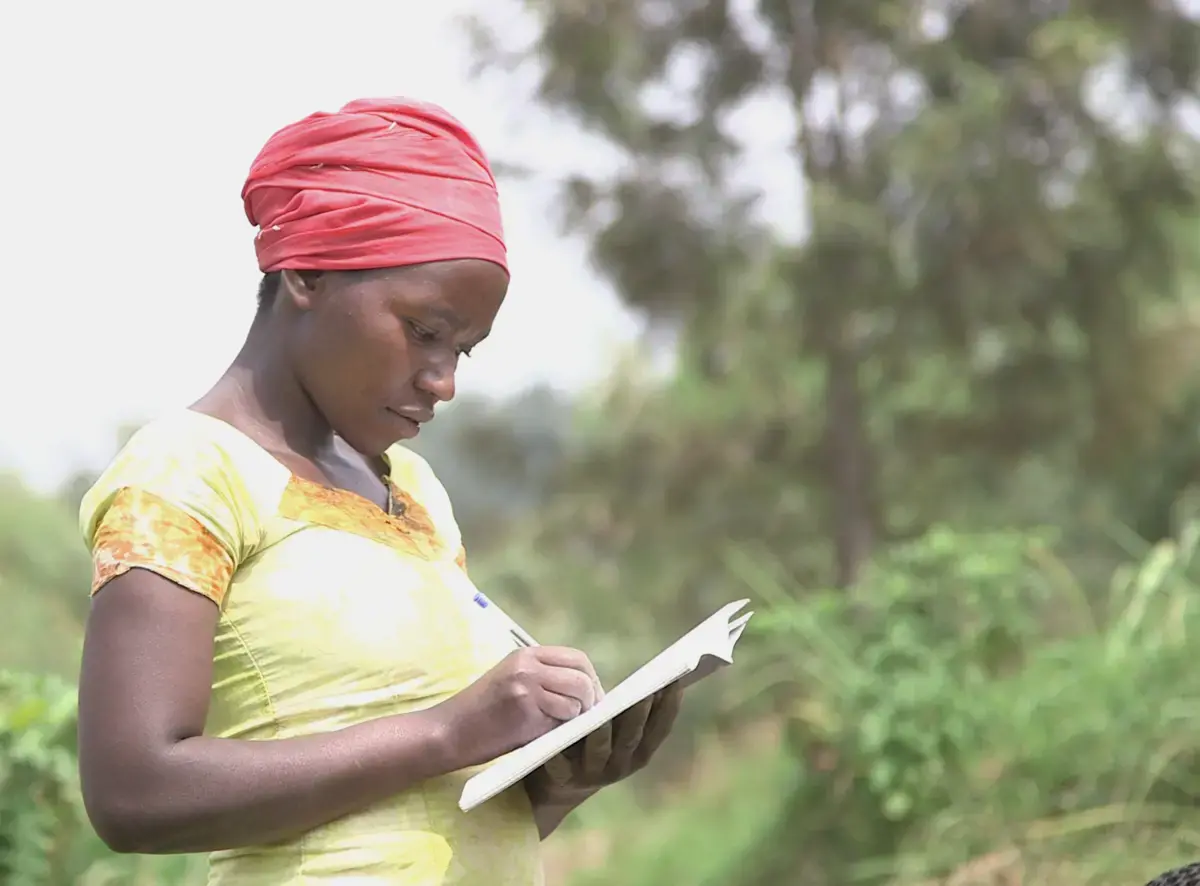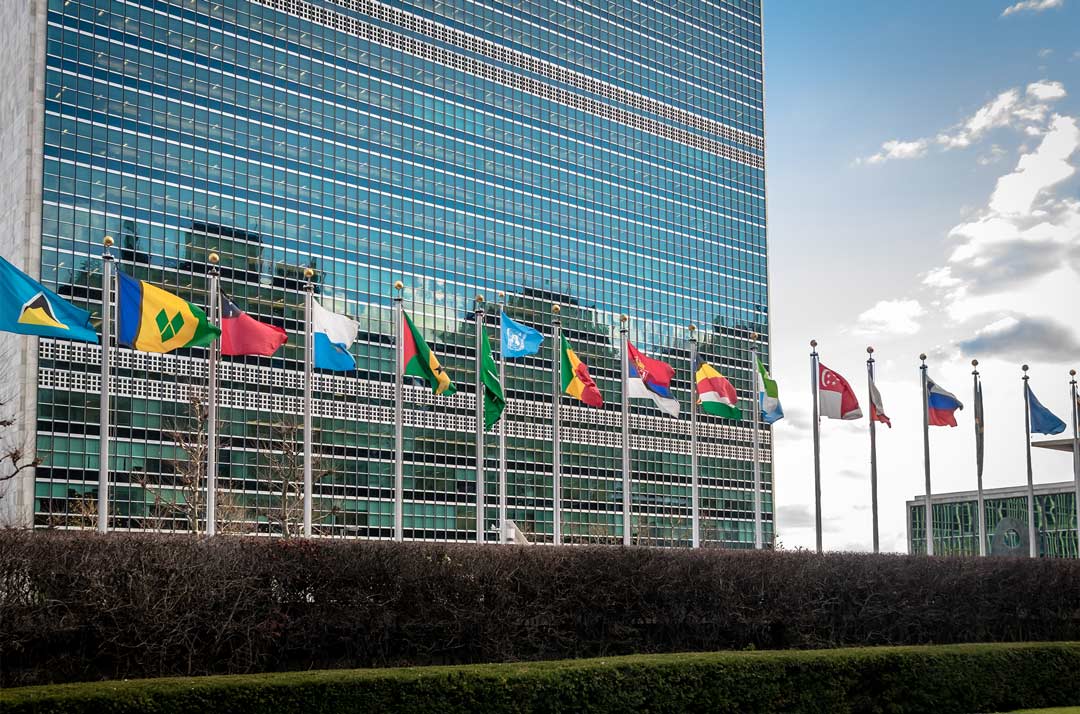By Amene Terhemen
Azeez, a lively 16-year-old football lover who dreams of going pro, enjoys playing with his friends every evening on the neighbourhood pitch. One Saturday, he sprained his ankle during a match. Limping in pain as he walked home, he decided to stop by the nearest “chemist shop”, as is popularly referred to in the area, for quick relief.
The shop attendant, a 34 year old first school leaving certificate holder, who had apprenticed under his uncle and successfully gained his freedom barely two years ago, without ever receiving any formal medical/healthcare training, quickly handed him a cocktail of medicines: Ibuprofen 400 mg (three times daily), Diclofenac 50 mg (three times daily), and Piroxicam 20 mg (twice daily), among multivitamins and supplements. He was told to take them all together.
Azeez, with childlike trust in the man who has come to be known in the community as doctor, followed the instructions carefully as handed to him. Within days, his ankle felt better, but with the relief of the pain in the ankle, came pains eruption like a volcano elsewhere, his stomach, with a retinue of other symptoms: nausea, vomiting with traces of blood, and dark stools. What Azeez didn’t know, the knowledge of which was lacking in the attendant too, was that combining those drugs had a steep price tag to health: potential dangerous internal bleeding and serious damage to the stomach and kidneys!
What started as a simple sprain had turned into a health emergency, needing a substantial sum to manage, far in excess of what was needed for the sprained ankle if treated right, and almost ruined a bright future in the mould of the Jay Jay Okochas, the Amokachis and the Ronaldos.
The hidden danger of untrained professionals in health
Azeez’s story is not an isolated one, sadly. Across many rural communities in Nigeria, where pharmacists and pharmacies are scarce, people often turn to shopkeepers or untrained patent medicine vendors for help. University of Maryland Eastern Shore notes that the shortage in pharmacists has a negative impact on the profession and public. Those who are most affected are the underserved, elderly, residents of rural communities, and persons dependent of publicly supported services. While some mean well, most are not trained to know which drugs are safe, which ones can be combined, or when medication isn’t even necessary. In Azeez’s case, any trained pharmacist would have known:
- Never to combine multiple NSAIDs like ibuprofen, diclofenac, and piroxicam, as this drastically increases the risk of stomach ulcers, kidney injury, and internal bleeding.
- That a sprain is often best managed with rest, ice, compression, elevation (RICE), and possibly a single safe analgesic.
- To advise on dosage, duration, and warning signs to watch for.
The result? More complications, more suffering, and sometimes preventable deaths.
When profit trumps professionalism
The danger lies not just in ignorance, but in profit-driven dispensing. Many untrained sellers are motivated solely by sales, not patient safety. A patient with minor pain may leave the shop with three or four unnecessary drugs simply because it increases revenue. Worse, the absence of proper counselling means patients risk overdosing, mixing incompatible medicines, or ignoring red-flag symptoms.
Why Pharmacists Matter
Pharmacists are not just “drug sellers” as many believe, leaving to the familiar “pharmacy shop” misnomer. They are trained healthcare professionals whose role includes:
- Ensuring that the right patient, gets the right medicine, in the right dose, at the right time, for the right problem.
- Screening/checking for dangerous interactions (drug-drug, drug-food, drug-disease, etc).
- Providing patient education/advice on how to safely use their medicines.
- Educating patients on non-drug alternatives where appropriate.
What Needs to Change
To protect people like Azeez, largely unaware of dangers to their health, we need strong action:
- Stricter regulation of drug sales: only licensed pharmacists should be allowed to dispense certain medicines, even over the counter medications like NSAIDs with dangerous side effects should be limited.
- Public awareness: people must understand the risks of buying medicines from untrained hands, the dangers of “polypharmacy” – taking too making drugs at a time, and the importance of seeking professional care.
- Government support: to increase pharmacist presence, especially in underserved communities.
- Incentives for rural service: many rural areas have no pharmacists because opportunities are concentrated in cities. Governments can offer housing, scholarships, and competitive salaries to attract and retain pharmacists in underserved areas.
What You Can Do
While systemic change takes time, there are steps individuals and families can take right now to stay safe:
- Always ask for a pharmacist when buying medicines, don’t be afraid to insist.
- Avoid mixing drugs unless a licensed professional has prescribed them.
- Check labels carefully and follow dosage instructions strictly.
- Don’t rely on “chemists” for diagnosis, visit a hospital or clinic for proper evaluation.
- Watch out for warning signs like severe stomach pain, vomiting blood, black stools, or difficulty breathing, and seek urgent medical care.
- Educate others, share this knowledge with family, friends, and neighbours who may not know the risks.
In healthcare, every wrong prescription is a potential tragedy. A sprain should not turn into internal bleeding. A headache should not end in kidney damage. Yet this is what happens when there is no pharmacist.
The truth is simple: when there is no pharmacist, especially in rural settings with limited education, lives are at risk.
Also read: The Journey of Rural health





